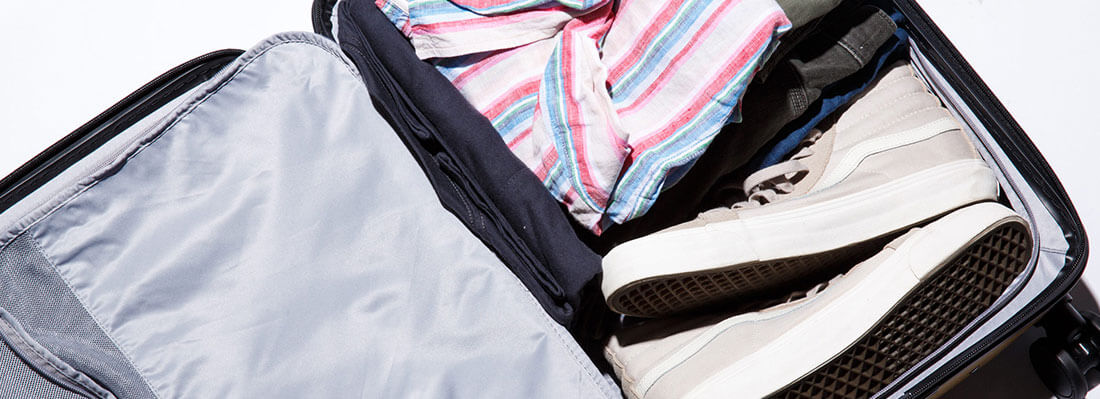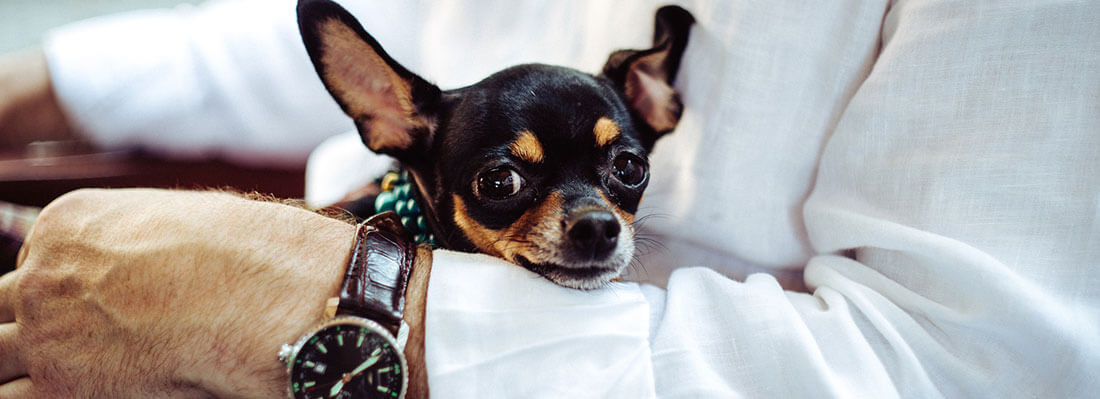CHAPTER 2
CHAPTER 2
PACKING
Now that all the preliminaries are out of the way and the date of your move is fast approaching, it’s time to get started on the fun part: packing.

Start Packing Ahead Of Time
Picture this: you’ve just agreed to help a friend move. You show up at their place the morning of the move, and discover that they’ve only started packing a few minutes before you got there. Yikes. That’s how you turn what should be a 3-4 hour job, into a stressful whole-day affair.
The best advice to avoid a worst-case scenario like the one above is to start packing early. As soon as you have your first boxes, there’s nothing stopping you from filling them up.
In the early stages of packing, consider starting with some of the following inessential items you’re probably keeping in your home. You know the ones, the stuff you don’t need every day:


Pack A “Vacation” Bag
A few days before your move, put together a small "vacation" bag. Include all the stuff you'd need for a day or two in case some of your boxes go missing or you have a hard time finding your essentials after the move.
Basically, think of it as the things you'd need in case you were on vacation and your luggage took the wrong flight.
Items to include:
Note: If your vacation bag is large enough, and easy to carry, also consider keeping your important documents and identification here.

Sort By Room
If you went ahead made lists during the preparation stage, there’s a good chance you’ve already started sorting your things. If not, now’s the time.
Sorting your items before you pack will save you tons of time when it comes to unpacking. You won’t be stuck scratching your head, trying to remember what you packed the utensils with, since most likely they’ll be with the other kitchen supplies - and not, say, the boots or blankets.
A few things to keep in mind when sorting:

Utilize Wardrobe Boxes
Wardrobe boxes are large boxes with a built-in clothing rack. They cost more than your average box, but they're a lifesaver when it comes to transporting all the clothes you'd rather not fold up and pack with the rest of your things.
Wardrobe boxes are ideal for:

Use Personal Boxes
If you’re moving with your family from one destination to the next, consider packing a couple of “personal” boxes for each family member and have them clearly marked. Use these boxes for packing the things that each family member cannot live without - such as books, video game consoles, toys for the kids, hobby items, etc.

Consolidate Cleaning Supplies
Keep your cleaning supplies together in a well-marked and accessible box. You'll thank yourself for this later.
Use up any leftovers or half-empty bottles in the month before your move. You can always buy more after the move is over.

Safeguard Valued Items
How to prep for a moving companyYour safest bet is to have your valuable items protected and packed by the moving company. This helps guarantee they’ll be packed correctly and minimizes the risk of any damage during the move.
General Fragile ItemsWhen placing fragiles in a box, stick scrunched up plastic bags, paper towels or dish towels around your items to keep them from bumping around. Make sure to label your boxes, clearly marking them as fragile.
Jewellery and Small ValuablesIf you don’t already have carrying cases for these, try to store them inside smaller boxes before placing them into the larger moving boxes. Make sure to pad them well with towels. Don’t mark these boxes with labels that read “jewelry” or “expensive things.” Just write your name (or the name of your parents) on the label as a reminder for later.
MirrorsWrap a blanket around the mirror, making sure no part of the glass is visible. Use masking tape to keep the blanket secure to the frame, or wrap the tape around the whole mirror from top-to-bottom and left-to-right to keep the blanket snug.
LampsWrap towels or a blanket around your lamps, and tuck them carefully into boxes if they can fit there. Remember to remove the bulbs before transporting them. If you have the box for the bulbs, return them there, or else wrap them in paper towels and place them inside plastic bags. Store them with your other fragile items.
GlasswarePlace a towel at the bottom of a box. Take a piece of power towel or newspaper and scrunch it up. Stick it inside your glass, and place the glass face down. Repeat for the other glasses.

Organize Important Papers (And Keep Them On You At All Times)
Remember those important documents and pieces of ID we mentioned you should keep safe and separate a few steps ago? It’s time to go back and collect them. In case you haven’t already placed them with your vacation bag, find a small bag or backpack and keep them on you at all times during the move.


Pets
If you have little furry ones running around the house, you’ll want to make sure that they are well attended on the day of the move.
Hire Pet SittersIf you have friends or family in the area, see if they can look after your pets during the move. Be sure to bring along any essentials for your little guy or gal (food, treats, leash, blanket, favorite toys, etc.) and a quick set of instructions if your friend or family member has never looked after them before.
If you don’t have any friends or relatives to help, consider hiring a pet sitter for the day (or a couple of days if you have a massive move).
Moving with your petsTake special care when moving your pets. In general, moving stresses pets outs, so try to keep them comfortable in the days leading up to the move and especially on moving day itself.
A few useful tips when moving with pets: